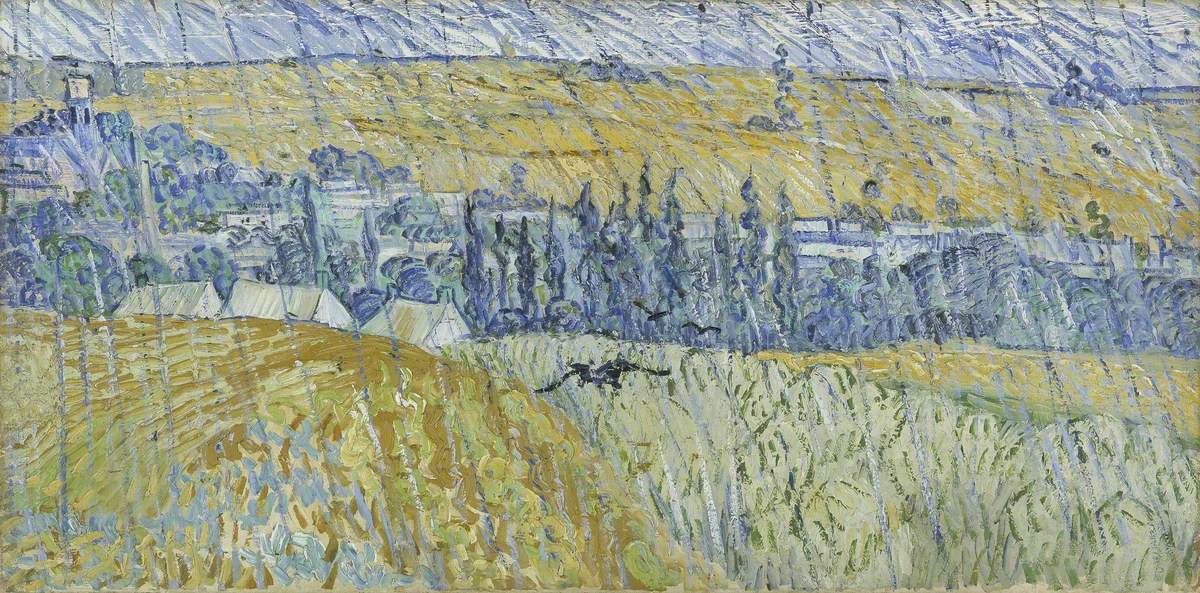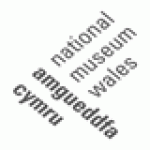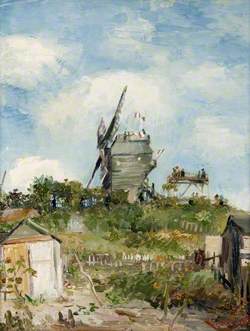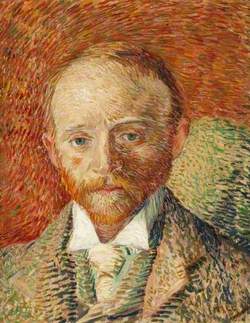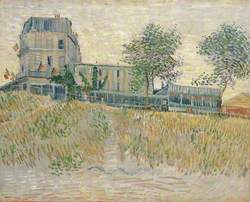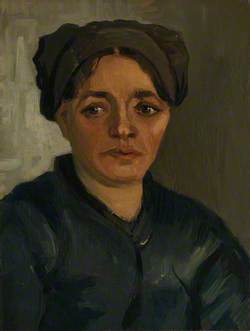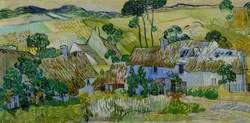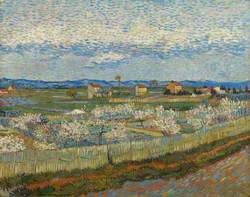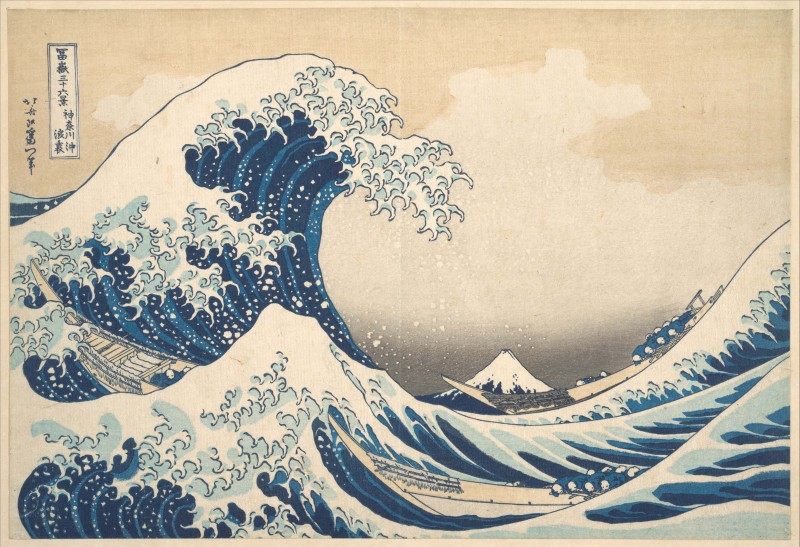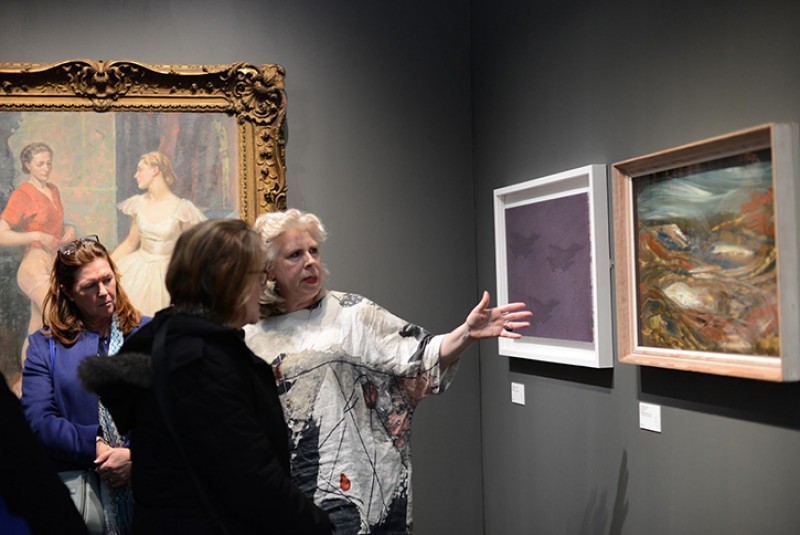How you can use this image
This image can be used for non-commercial research or private study purposes, and other UK exceptions to copyright permitted to users based in the United Kingdom under the Copyright, Designs and Patents Act 1988, as amended and revised. Any other type of use will need to be cleared with the rights holder(s).
Review the copyright credit lines that are located underneath the image, as these indicate who manages the copyright (©) within the artwork, and the photographic rights within the image.
The collection that owns the artwork may have more information on their own website about permitted uses and image licensing options.
Review our guidance pages which explain how you can reuse images, how to credit an image and how to find images in the public domain or with a Creative Commons licence available.
Notes
Add or edit a note on this artwork that only you can see. You can find notes again by going to the ‘Notes’ section of your account.
In May 1890 van Gogh moved from Arles in Provence to the village of Auvers-sur-Oise, north of Paris. There he lodged at the Café Ravoux and received treatment from Dr Paul-Ferdinand Gachet. Between 17 June and 27 July, van Gogh painted thirteen double-square canvases of the gardens and fields around Auvers. In his last letter he expressed himself 'quite absorbed in the immense plain with wheat fields against the hills, boundless as a sea, delicate yellow, delicate soft green, the delicate violet of a dug-up and weeded piece of soil'. His treatment of the rain as diagonal strokes derives from the woodcut 'Bridge in the Rain' by the Japanese artist Hiroshige, which the artist had copied in 1887. The atmosphere recalls one of van Gogh's favourite poems, Longfellow's 'The Rainy Day': 'My life is cold, and dark, and dreary; It rains, and the wind is never weary.
National Museum Wales, National Museum Cardiff
Title
Rain, Auvers
Date
1890
Medium
oil on canvas
Measurements
H 50.3 x W 100.2 cm
Accession number
NMW A 2463
Acquisition method
bequeathed by Gwendoline Davies, 1951
Work type
Painting
